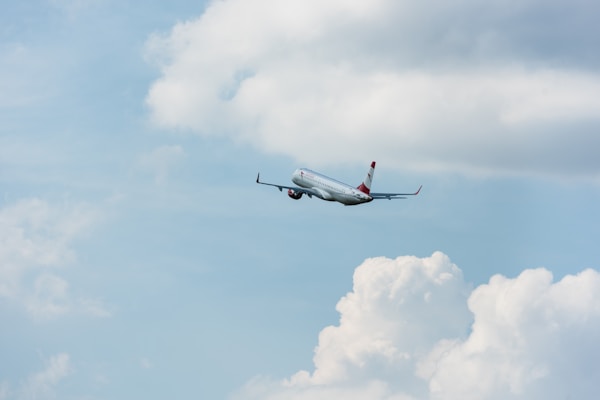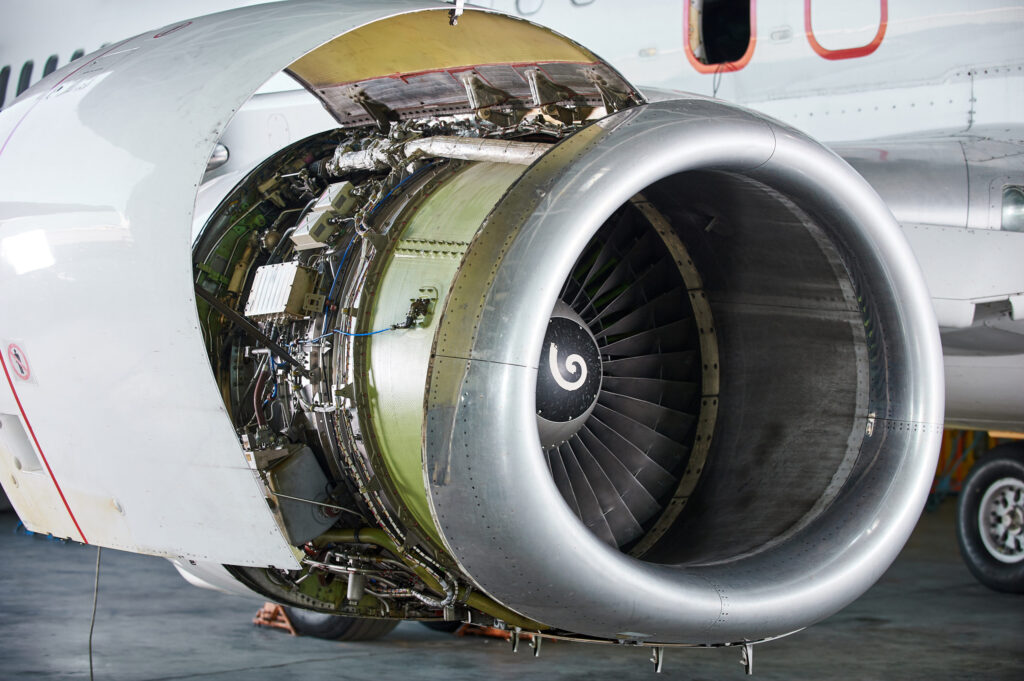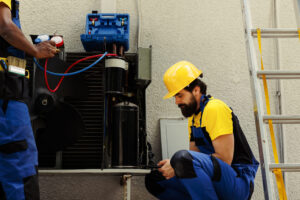When most people think of aircraft, they usually think of the large, sleek, and powerful jets that grace the skies, transporting people and goods from one place to another. But what most people don’t realize is that behind the scenes, there is a whole host of equipment that helps these planes take off and stay in the air. From the fuel tanks and engines to the navigation systems, each component is essential to the safe and efficient operation of an aircraft. Keep reading to learn more about each essential component.
Aircraft Jack Equipment

Aircraft jacks are an integral part of the process of how aircraft work. They are used to lift and move the entire weight of an airplane onto a trailer for transportation or for maintenance purposes. An aircraft jack can be either pneumatic, hydraulic, mechanical, or electric models that use air pressure, oil pressure, mechanical force, or electrical power to raise and lower the airplane from ground level up to several feet in height. Depending on their size and specifications they may have different lifting capacities ranging from around 10 tons (about 9 metric tonnes) all the way up to 250 tons (226 metric tonnes). Global distributors of aircraft equipment, such as Pilot John, play a huge role in getting a plane off the ground safely.
Fuel Tanks
The fuel tanks of aircraft are a critical component of any aircraft. They store the fuel that is needed to power the aircraft, and without them, the aircraft would not be able to fly. Aircraft fuel tanks come in a variety of sizes and shapes, depending on the type of aircraft and its needs. Some aircraft have one main fuel tank, while others may have several smaller tanks that are interconnected. The fuel tanks of aircraft must also be designed to meet certain safety requirements. These requirements are set by the Federal Aviation Administration (FAA) and include requirements for fuel tank design, construction, inspection, maintenance, and operation. These requirements ensure that the fuel tanks of an aircraft are safe and reliable.
Engines

Engines are the lifeblood of aircraft, powering everything from commercial airliners to military fighter jets. For as long as aircraft have been around, so have their engines, and the technology behind them has progressed tremendously over the years. In this blog section, we’ll take a look at the different types of engines used in aircraft and how the technology has evolved to give us the powerful and efficient engines that power our skies today. The most advanced type of jet engine is the turbofan engine. This type of engine uses two fans to increase the efficiency of the engine, allowing it to produce more thrust while consuming less fuel. Turbofan engines are used in most modern commercial aircraft, and they are able to reach speeds of up to Mach 2 (twice the speed of sound).
Navigation Systems
Navigation systems are critical components of modern aircraft, providing pilots with the necessary information to safely maneuver their planes and stay on course, even in rough weather conditions. Navigation systems allow pilots to safely and reliably reach their destination in a timely manner, and they also improve the safety of all aircraft systems by providing essential feedback and data on aircraft performance.
Overall, understanding how different components of aircraft work is essential in order to understand how planes operate. Knowing the different components and how they interact is crucial to being able to use aircraft safely and effectively. Additionally, understanding the basic principles of flight can help one appreciate the great engineering feats of aircraft. Knowledge about how aircraft operate is an invaluable asset.








